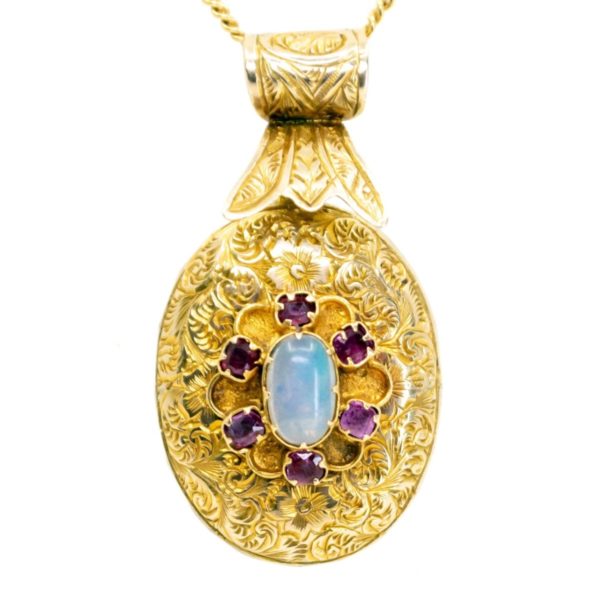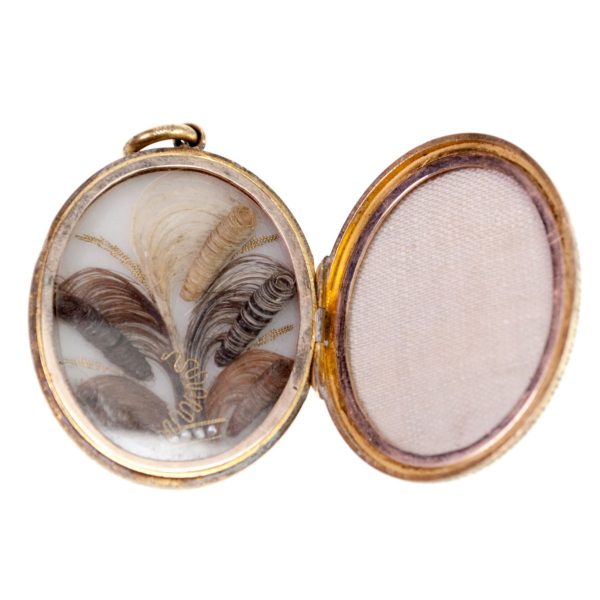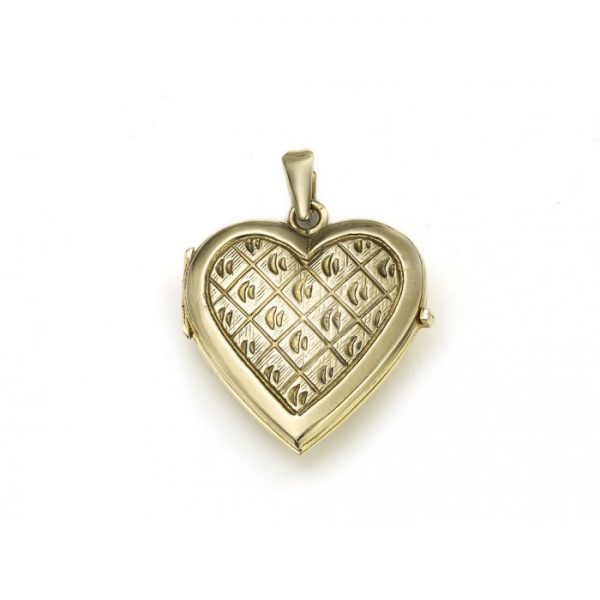As we can see from the ring owned by Elizabeth I, lockets can be made from many different materials. Her locket ring was made from mother of pearl with sumptuous gems set in gold.
Up until the Victorian period, lockets were mostly made from gold. This made them expensive and only affordable to the very wealthy.
Thanks to the industrial revolution, as well as advances in manufacturing, jewellery became easier, and cheaper, to produce. This meant it was now much more affordable for more people.
During the Victorian period, materials such as carved jet, black bog oak and vulcanite were popular for lockets; mostly due to the dark fashions of the time which were in keeping with a nation in mourning.
By the 1870s, silver was relatively cheap and silver jewellery was gaining in popularity. So now, lockets were being made from silver as well as traditional gold.



